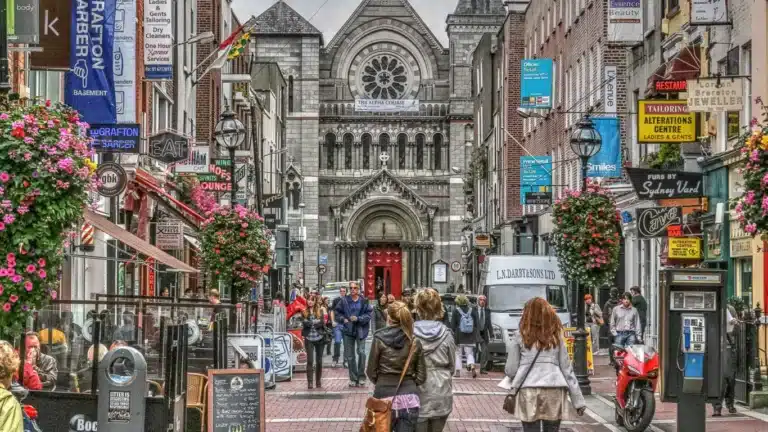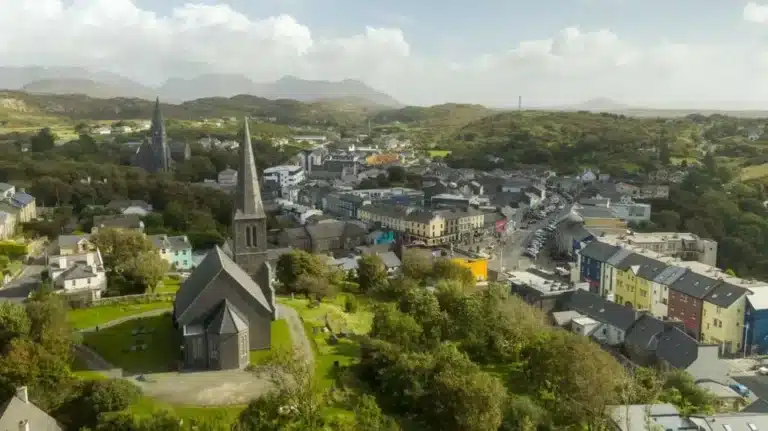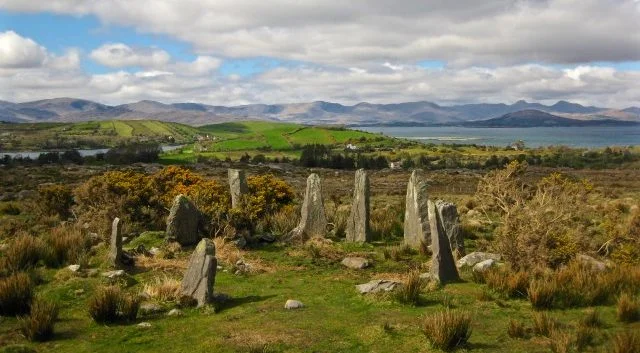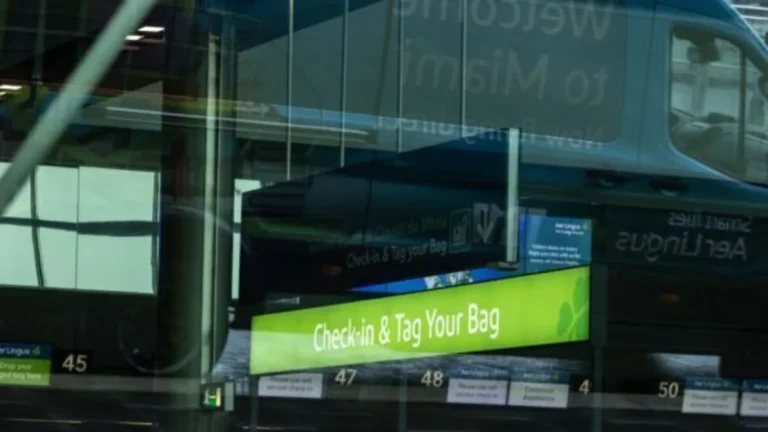Northern Lights Ireland: When & Where to See Aurora Borealis
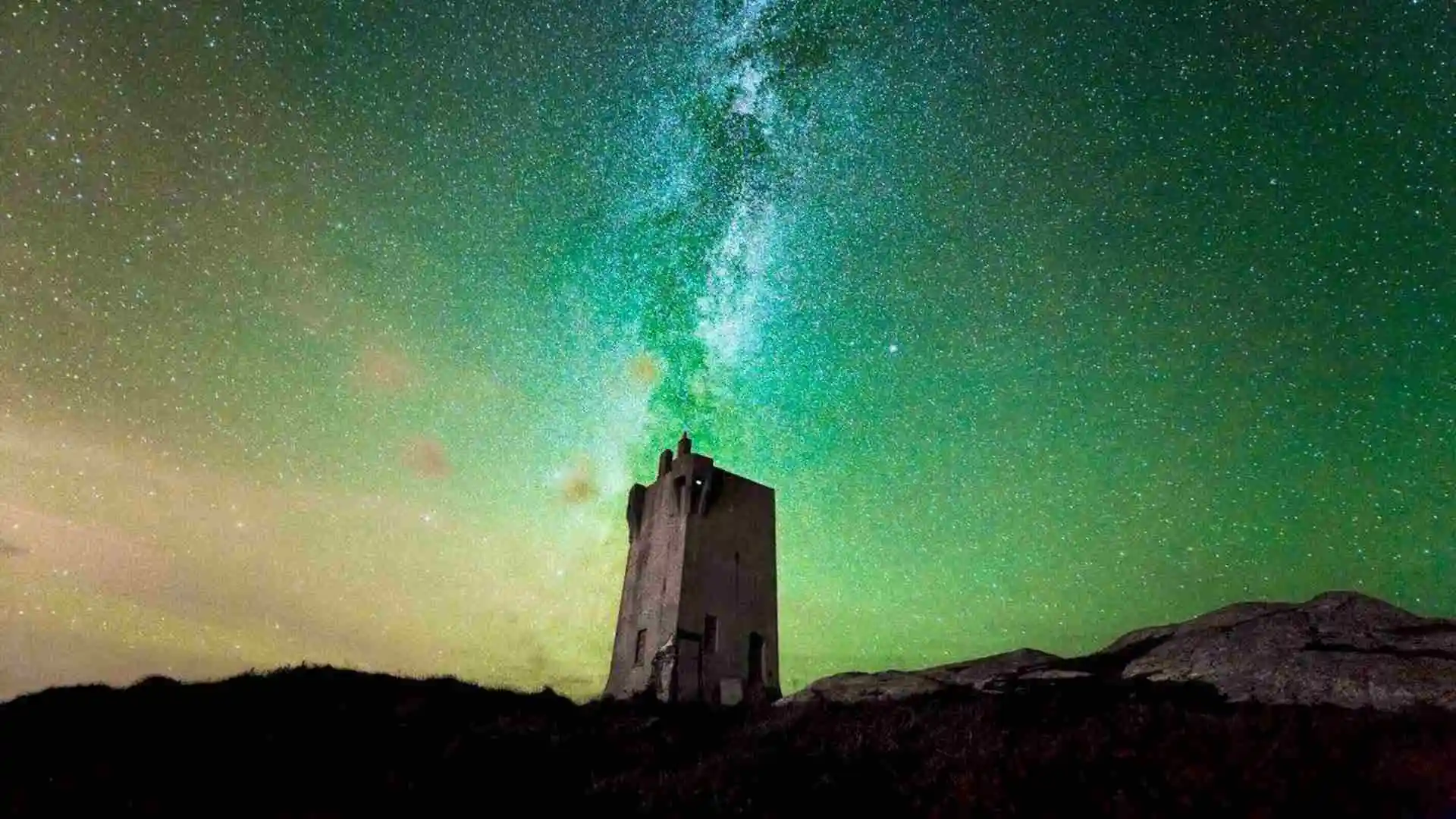
The Northern Lights are an amazing natural phenomenon. These occur when the solar particles collide with the atmosphere of the Earth and create colourful lights in the sky.
During 2024 northern lights Ireland had more occurrences than prior years.
October had a particularly strong display, and several sightings were reported during the winter. A major event in March 2024 provided people all over Ireland with the opportunity to see the stunning lights.
The experts forecasted 2024 to be a good year for northern lights aurora borealis as a result of increased solar activity.However, the UK had been issued red alerts on multiple occasions for northern lights. Watching the northern lights in Ireland is a unique experience. With increasing reports and better technology, more people can now watch this rare celestial event.
The Science behind the Northern Lights
How Are Northern Lights Formed?
The aurora borealis Northern Ireland is formed due to charged particles from the sun. These solar particles move through space and interact with the magnetic field of Earth. When the solar particles enter the Earth’s atmosphere, the particles then collide with gases in the atmosphere and release energy to the visible eye as colour light.

The Role of Solar Winds
The surface of the sun reaches high temperatures and produces solar winds by pushing charged particles towards the Earth. Most of the solar particles that are travelling toward the Earth are deflected from the magnetic field. But some manage to reach the atmosphere closer to the poles. It causes auroras.
Why do Aurora Lights have different colours?
The Aurora Borealis can result in different colours. It depends on the gases present in different layers of the atmosphere.
- Green: Oxygen molecules at an altitude of 100 km produce green light.
- Red: Oxygen at a much higher altitude produces the red colour.
- Purple: Nitrogen produces blue and purple hues.
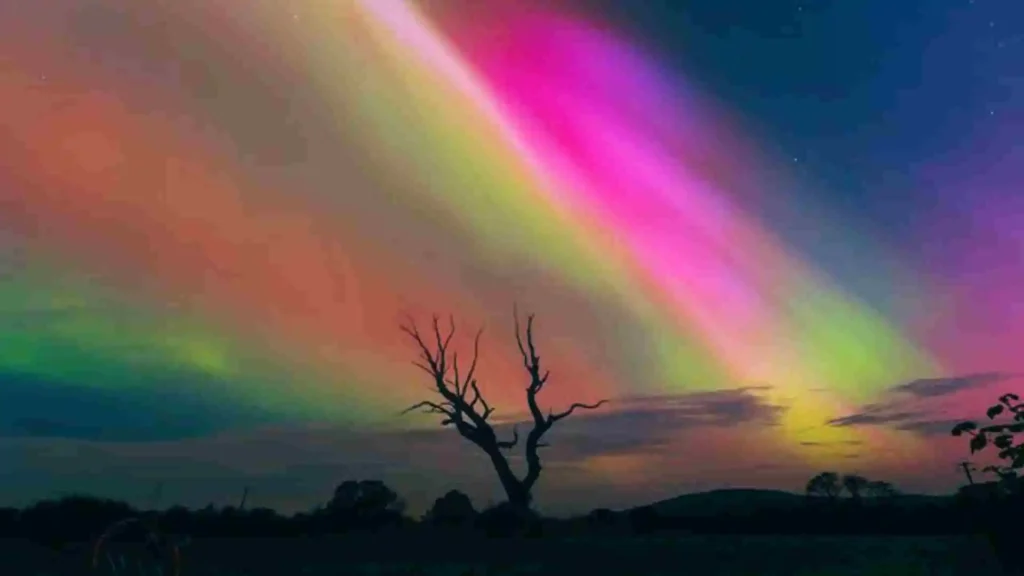
Solar Cycle and increased Aurora Activity
Reflecting back to 2024, the Northern Lights Ireland forecast showed more visibility than usual. It was likely because the sun was approaching its peak in the 11-year solar cycle, known as Solar Cycle 25. This increased activity of the sun produced a stronger aurora.
Stronger auroras occurred due to increased solar activity. Geomagnetic storms can push the aurora further south, making it visible in places like Dublin and Cork.
Technology and Real-time Aurora Tracking
Technology has played a big role. It has facilitated us to track the aurora in real time through state of the art apps and internet forecasts. It enabled us to see the northern lights Dublin when conditions were right.
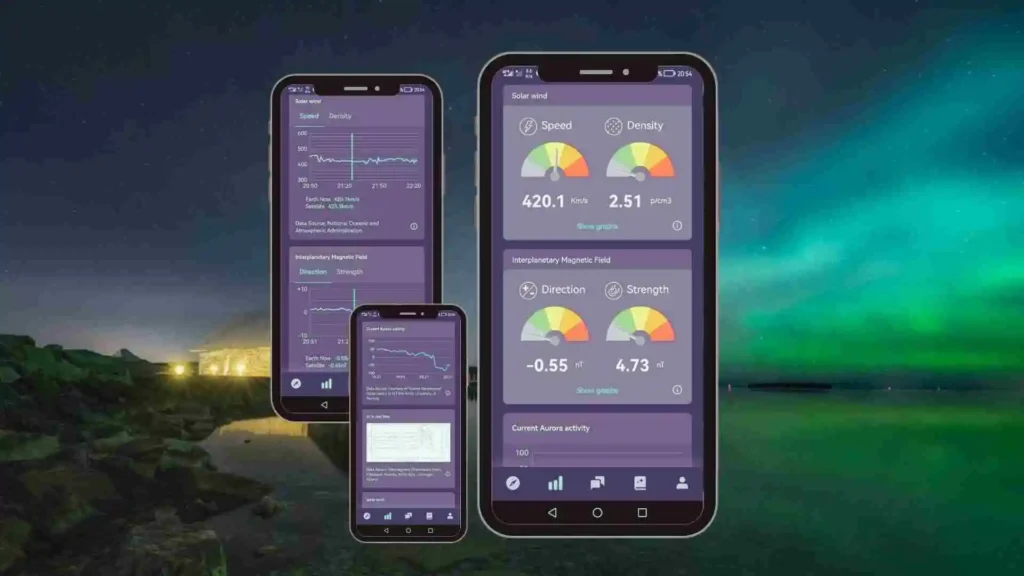
Official Aurora Forecast for Major Events
Tracking the Aurora Borealis Dublin
The aurora borealis forecast predicted significant and multiple Northern Lights events during 2024. Scientists surveyed NOAA and the European Space Agency data to track solar activity and anticipate auroras.
Key Northern Lights Events in Ireland
The aurora forecast Ireland provided guidance on stunning displays of the Northern Lights, including:
- October 2024: A notably strong geomagnetic storm made for a spectacular sight all over the country.
- December 2024: Levels were high, with auroras sighted across the regions in Northern counties.
- March 2025: Again, there was a significant event with bright displays visible over the west coast.
Forecasts indicated the best places to watch the northern lights Cork and elsewhere. Clear skies and minimal light pollution were important to visibility.
Best Place to See Aurora Borealis Ireland
The ‘where to see the northern lights in Ireland’ has many answers. There is less light pollution in the northern and western areas of the country. So some of the best spots for aurora sightings are in the country’s north and west areas.
Some of the most favourable places to see the aurora include:
Among the best areas to see the aurora are:
For those in urban areas, the best place to see northern lights is the countryside with less light pollution. The best places to see northern lights in Dublin are the Dublin Mountains and Wicklow National Park.
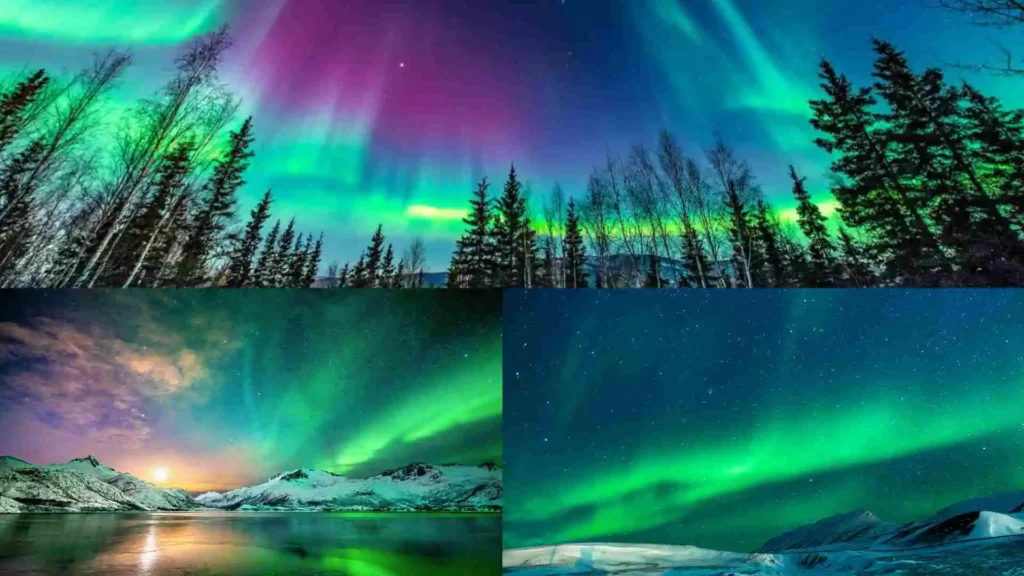
Tips from Blackrock Castle Observatory for seeing the Aurora
The best time to see northern lights Ireland is dependent on solar activity. However, five key factors promote the likelihood of experiencing the lights:
- Avoid cities: Light pollution can hinder your visibility.
- Go early: The aurora may show up shortly after sunset, but your eyes need about 30 minutes to adjust, but when it shows up, you’ll know.
- Travel north: Generally, to see the aurora, you must go further north.
- Use online tools: Today, there are apps and social media (Twitter, Facebook) that provide real-time updates on aurora activity.
Best time to See the Northern Lights in Ireland
The aurora borealis Dublin was seldom visible, but there were strong storms that made it possible. Typically the best months to see the aurora in Ireland are September to March. March 2024 saw one of the most spectacular displays due to the perfect atmospheric conditions. The northern lights Ireland were briefly visible during this event. Looking ahead at forecasts and real-time shifts in conditions were all worthwhile efforts to say we stood there to experience the auroras.
Conclusion
2024 experienced more frequent sightings of the Northern Lights Ireland due to enhanced solar activity, and this will likely continue into 2025. You must follow the northern lights forecast for Ireland to maximise your chances of seeing the northern lights. Set off to rural, northern areas with low light pollution to see dark skies (and don’t forget your snowgear). So, even if you do not see Auroras, dark sky reserve areas of Ireland are still amazing if you want to view stars. With modern science and technology advancing, aurora borealis in Ireland are easier to find and observe.

